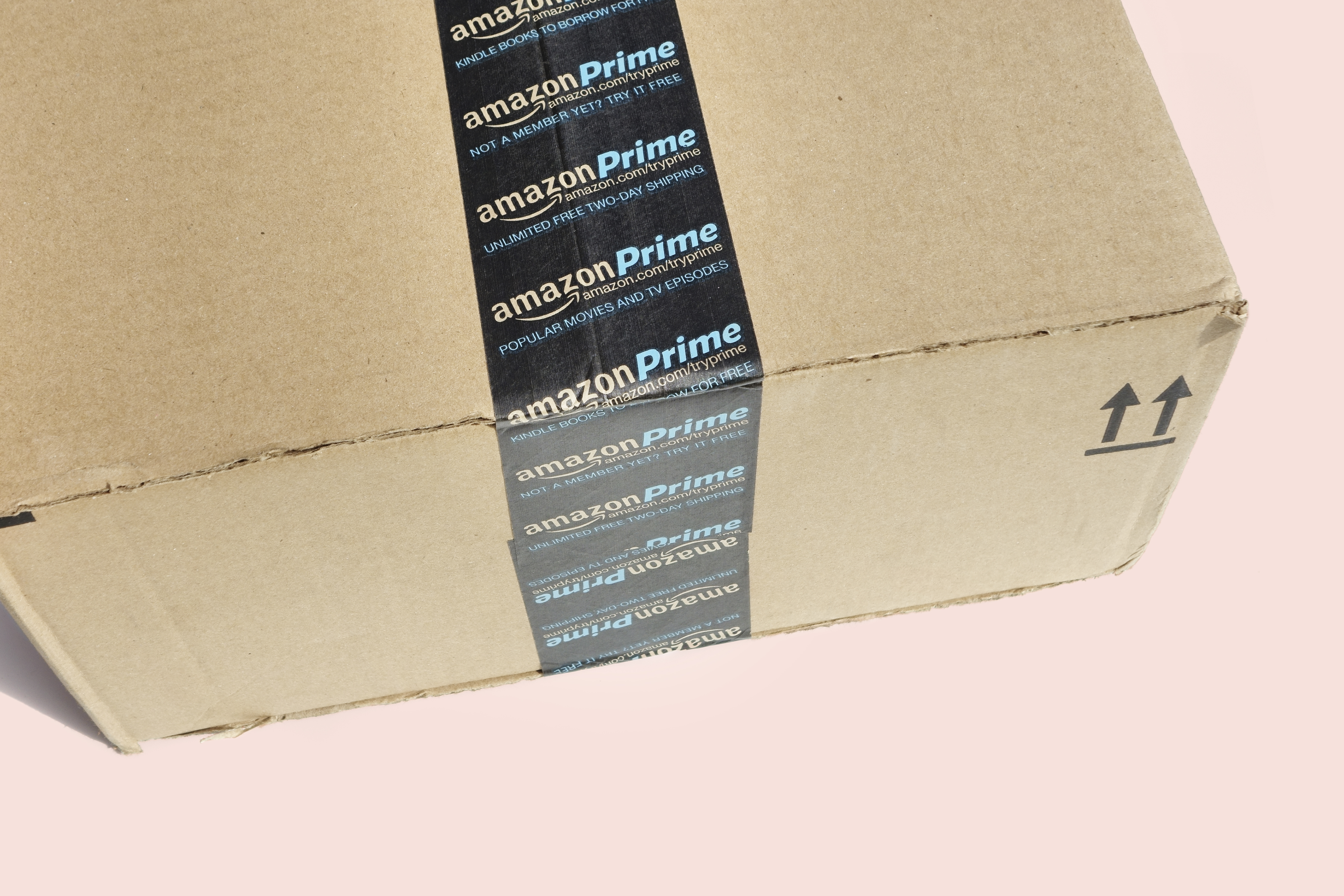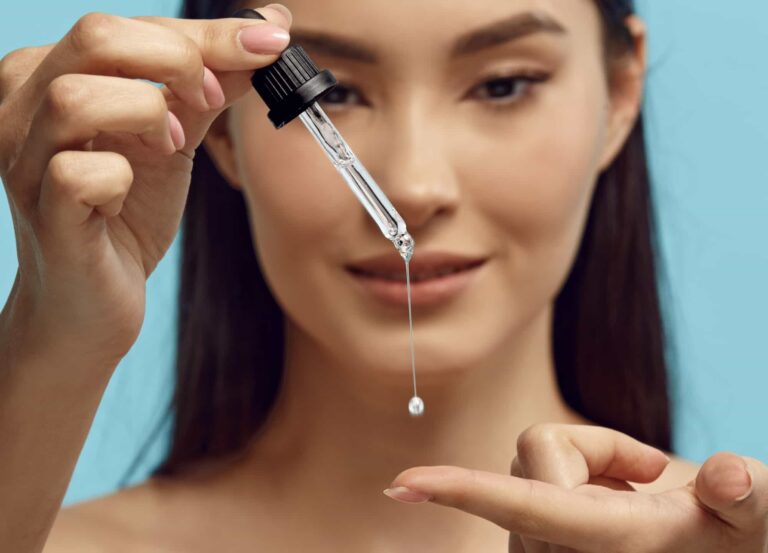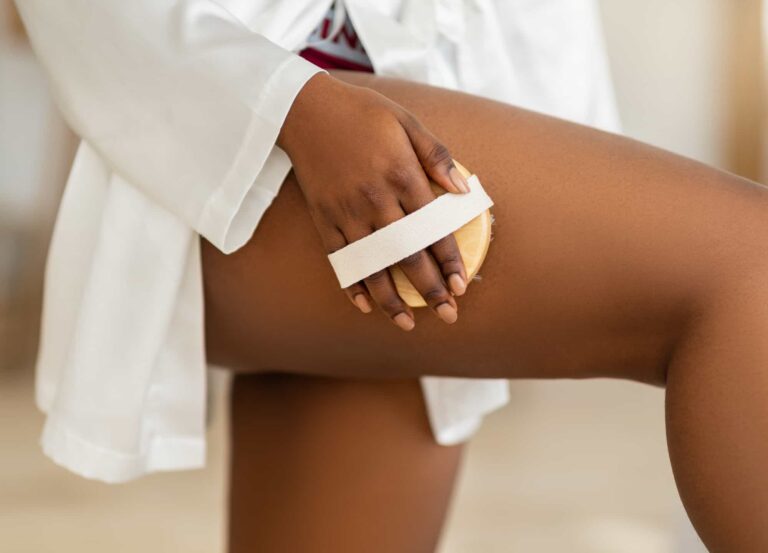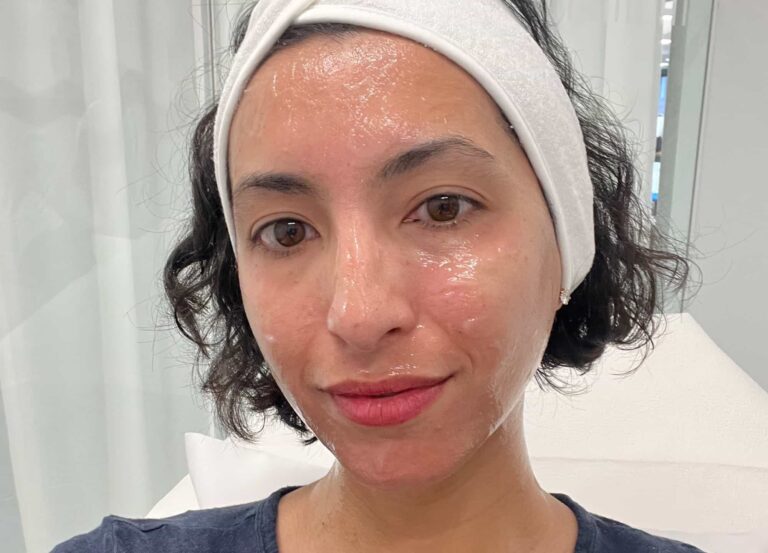While many of us are confined to our homes in order to flatten the curve and slow down the spread of coronavirus, shopping strictly online for anything and everything has quickly become the norm—and those who saw Amazon as a reliable source for groceries and household supplies before may now be looking to the platform for their beauty needs too. Of course, buying skin-care products from the site is hardly a new concept: it’s easy, it’s accessible, and there’s no shipping minimum. However, the authenticity of the product you’re getting is another story.
The beauty industry has seen explosive growth in recent years, but that brought on a rise in counterfeit makeup and skin-care products. In fact, a January 2018 investigation from the United States Government Accountability Office found that 20 of 47 items purchased from third-party online sellers were fake. And since Amazon’s marketplace allows third-party sellers who may not be authorized by a beauty brand to sell its products, there is the chance that the moisturizer or eye cream you buy isn’t the real thing. Not only that, but it could also contain dangerous ingredients. In 2018, the Los Angeles Police Department confiscated $700,000 in counterfeit makeup that tested positive for high levels of bacteria, human feces, and animal waste.
If you’re wondering how hundreds of thousands of dollars’ worth of fake makeup could be floating around, Saoud Khalifah, the founder of FakeSpot, a website that uses AI to detect fake online shopping reviews, says that selling counterfeit cosmetics is not that difficult. “Right now, you can go to Alibaba.com or some other website and get a product that looks identical to the authentic one but without the logo,” Khalifah explains. “So you stick a logo on it, and you can start selling it on Amazon, where you can sign up as a third-party seller, and claim it’s authentic.” What makes it easy, he says, is that a person can sell a product on Amazon under the brand’s official name, and then Amazon’s algorithm will pick the best seller for you via your location as well as the best price offer. It’s scary—but fortunately, there are a few things you can do to ensure that the products you buy from Amazon are legit.
Know the difference between sellers
Let’s say you’re searching for your favorite face wash on Amazon. When you find the listing, the first thing you should do is check to see if it’s coming from a first-party, second-party, or a third-party seller. “First-party is when the brand sends inventory to Amazon, then Amazon holds it in their own warehouse and they handle the sales, the returns, and everything like that,” Khalifah says, pointing out that first-party is the best way to guarantee authenticity.
Second-party is when the seller or brand pays Amazon to keep its inventory in its warehouse and ships it for them. You’ll see this listed as “Fulfilled by Amazon.” Finally, third-party is when the third-party merchant takes care of the sale and shipping. You’ll see this listed as sold and shipped by the seller themselves. “With third-party, there can be issues with counterfeit and fake products, because there’s no vetting involved,” says Khalifah. Of course, this doesn’t mean all third-party sellers are selling fakes or that they aren’t authorized by the brand to sell its products. But it would require more legwork—researching the seller or verifying with the brand—to fully protect your sale.
Shop by Amazon’s specialized tags
Another way to eliminate the chance of counterfeit products is looking for Amazon’s Luxury Beauty department, where you can find products by brands like Sunday Riley, Boscia, and Elemis. This is a way to find skin-care brands that name Amazon as an authorized retailer and are given added protection for their customers. “Because we are listed on Amazon Luxury, Amazon is able to assist with eliminating third-party sellers,” a rep from Boscia said. Another category that can help you locate authentic products is under Amazon’s Professional Beauty tag.
Talk to the brand
If you are still unsure about whether a product being sold on Amazon is the real deal, you can always reach out to the brand to make sure, which is something Sunday Riley suggests. “As a brand, we can only guarantee products sold by our authorized retail partners, and we encourage clients to reach out to our Client Care team to verify this, if they are ever unsure before making a purchase,” a rep from the brand explains.
Read reviews
Another thing you can do is peruse the product’s reviews, to see what other shoppers say. Just keep in mind that all purchases of the product, whether it was sold by Amazon or a third-party seller, will be listed. Some customers might also specify whether they bought it from a third-party seller, which is helpful. And if you’re concerned about fake reviews, you can enter the link on FakeSpot’s website so it can analyze the listing.
Look at customer photos
Along with reading reviews from other shoppers, you can also look to see any photos that have been posted. Again, keep in mind that some might have purchased it from a shady seller and there could be an authorized seller on Amazon you can buy it from.
Double-check before you check out
When you’re ready to hit the Buy Now button, do a final check that you’re shopping with the seller you want to buy from. As Khalifah mentioned, Amazon’s algorithm might automatically place you with a questionable seller, even if an authentic merchant is available. For example, the K-beauty brand Lapcos sells its products second-party through Amazon, but its products are also sold by third-party sellers—and some of those pop up first. It’s crucial to make sure you’ve got the right one in your cart before you place your order.











